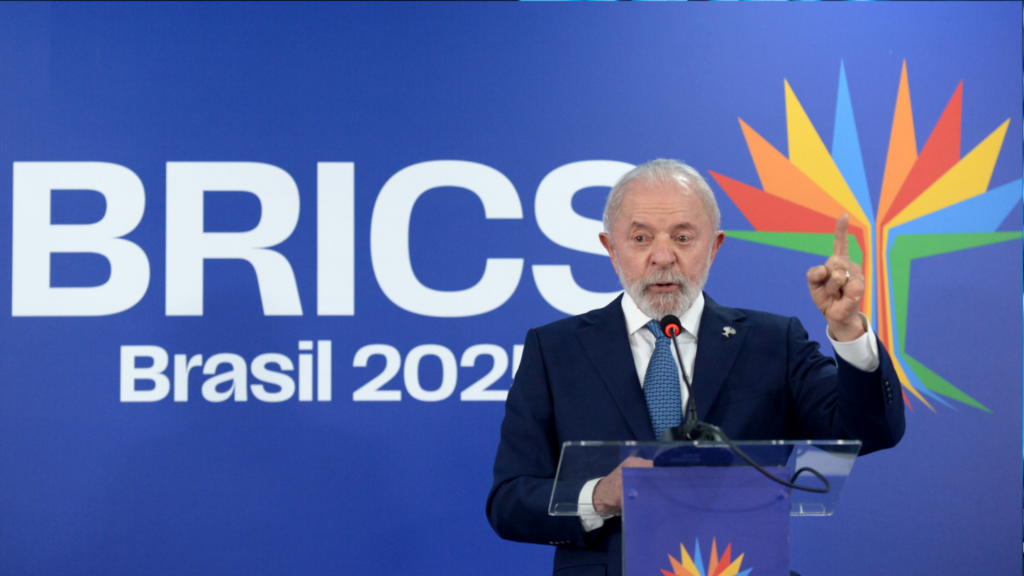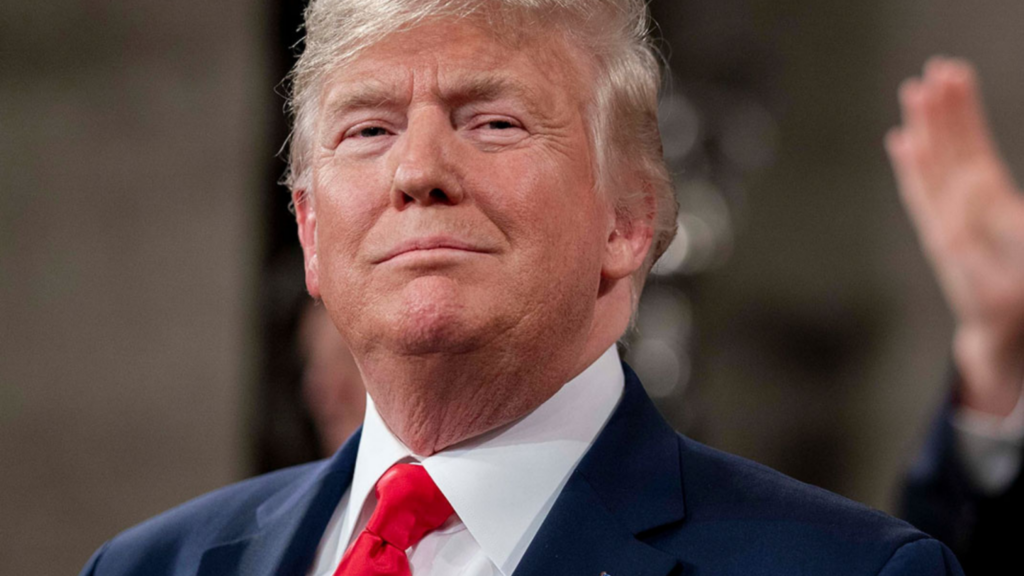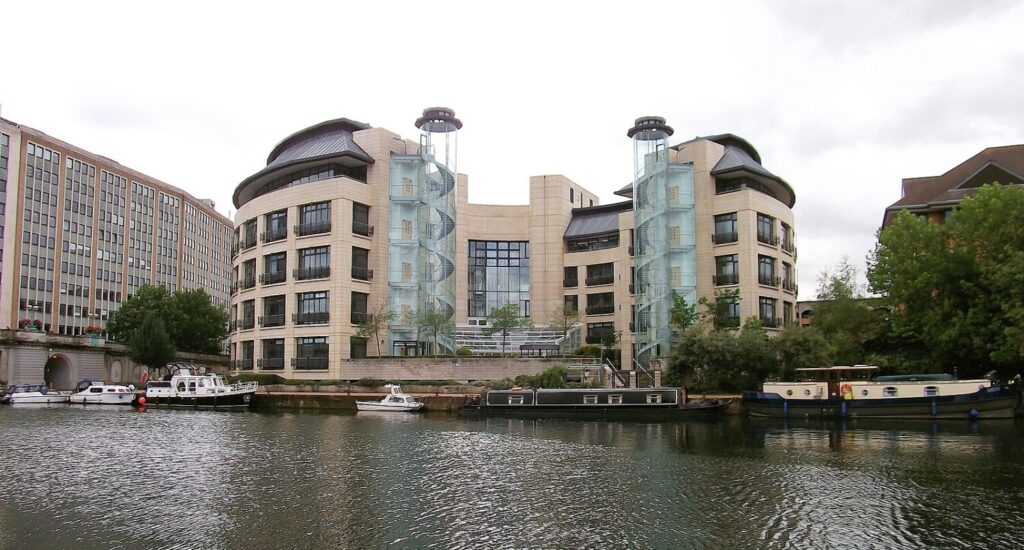Brazil’s Dual Leadership
This article sheds light on how Brazil’s dual leadership is reshaping global governance through BRICS and climate action.
A Strategic Convergence of Economic and Environmental Power
Brazil stands at a pivotal moment in 2025, wielding unprecedented influence through dual simultaneous leadership roles, which could fundamentally reshape international cooperation. As president of BRICS and host of COP30 in November, South America’s largest economy serves as a bridge between emerging market ambitions and climate imperatives, offering a vision of governance that challenges traditional Western-dominated institutions.
The timing is strategic. Under the motto “Strengthening Global South Cooperation for More Inclusive and Sustainable Governance,” Brazil’s BRICS presidency focuses on promoting Global South cooperation and fostering economic and environmental development. These themes align directly with the country’s climate agenda for COP30, demonstrating that economic development and environmental protection are complementary objectives for emerging economies.
BRICS Expansion: A Counterweight to Western Economic Dominance
The BRICS bloc has evolved from a simple acronym into a formidable coalition commanding significant global economic weight. According to the International Monetary Fund, BRICS accounted for 40% of the global economy measured by Purchasing Power Parity in 2024, with projections rising to 41% in 2025. In comparison, developed countries in the G7 accounted for approximately 28% during the same period, highlighting a dramatic shift in global economic gravity.
The combined GDP of BRICS member countries are projected to reach 3.4% growth in 2025, while the world average stands at 2.8%. The G7 nations averaged just 1.7% GDP growth in 2024, with a projection of only 1.2% for 2025, while BRICS maintained 4% and 3.4% respectively. Behind these numbers lies a fundamental truth: economic dynamism has decisively shifted southward and eastward.
At the 17th BRICS Leaders’ Summit held on July 6-7 in Rio de Janeiro under the theme “Strengthening Global South Cooperation and Promoting a More Inclusive and Sustainable Global Governance,” Brazil coordinated over 100 ministerial and technical meetings from February through July 2025. With the addition of Vietnam as a partner country in July 2025, the extended BRICS+ bloc now comprises 20 members and partners, representing 55.61% of the world population and 43.93% of the global economy when measured at purchasing power parity.
This expansion represents a conscious effort by developing nations to create alternative structures for international cooperation and financial flows. The Kazan Summit in 2024 encouraged strengthening banking networks within BRICS and enabling settlements in local currencies through the BRICS Cross Border Payments Initiative. While a BRICS currency remains distant, the push for de-dollarization signals growing frustration with dollar-denominated trade and vulnerability to U.S. sanctions.
COP30: Climate Leadership from the Heart of the Amazon
If Brazil’s BRICS presidency represents its geopolitical ambitions, hosting COP30 embodies its environmental leadership. The 30th United Nations Climate Change Conference will be held in Belém, Brazil, from November 10-21, 2025, marking the first COP ever hosted in the Amazon. Belém sits at the gateway to Earth’s largest rainforest, a region that absorbs vast quantities of carbon dioxide while producing approximately 20% of the planet’s oxygen.
Host nation Brazil has set out three main goals for COP30: reinforcing multilateralism and cooperation, connecting climate change to individuals and the economy, and accelerating implementation. These objectives respond directly to criticism of the COP process as heavy on promises but light on delivery.
The centrepiece of Brazil’s COP30 strategy is the Tropical Forests Forever Facility, an audacious financing mechanism that could transform how the world values tropical forests. The TFFF is a proposed $125 billion mechanism designed to reward nations for preserving tropical forests, utilizing a hybrid financing model that blends public capital with green bonds issued in international markets. Unlike traditional conservation funding, the TFFF operates like an endowment fund, investing capital in financial markets and distributing returns to countries demonstrating measurable forest conservation.
This structure aims to generate approximately $3 billion to $4 billion annually for conservation, directly challenging the economic logic that favours deforestation. The innovative approach addresses a fundamental problem: tropical forests provide immense value to the planet through carbon sequestration and biodiversity preservation, yet host countries bear the full cost of protection while receiving minimal compensation.
President Lula announced in September 2025 that Brazil will invest the first $1 billion in the TFFF, with the fund aiming to raise initial capital of $25 billion from sovereign nations and $100 billion from private investors. Early international support has emerged from Germany, France, the United Arab Emirates, and Norway, while forest-rich nations, including Colombia, Indonesia, and Malaysia, have expressed interest as beneficiaries.
The Integration Challenge: Aligning Economic Growth with Climate Goals
Brazil’s simultaneous leadership presents both opportunity and tension. BRICS nations have historically prioritized development, sometimes viewing Western climate demands as limiting their development space. Yet Brazil’s approach suggests these positions need not be contradictory.
The 17th BRICS Summit focused on six major agenda items, including global health, trade and investment financing, climate change response, artificial intelligence governance, reform of the global security architecture, and institutional development. The explicit inclusion of climate change alongside traditional economic concerns represents progress in integrating environmental considerations into the Global South’s development discourse.
Countries leading BRICS GDP growth projections for 2025 are Ethiopia at 6.6%, India at 6.2%, Indonesia at 4.7%, the United Arab Emirates at 4%, and China at 4%. These rapidly growing economies face enormous pressure to lift millions out of poverty while reducing emissions. Brazil’s leadership offers a potential model: leveraging natural capital as a competitive advantage in a carbon-constrained world.
Financial Innovation as a Path Forward
Both the BRICS agenda and the TFFF share a common thread: the conviction that the existing international financial architecture inadequately serves developing countries. Despite their vital role in absorbing climate-heating carbon, forests face a $216 billion funding gap for protection every year, according to a 2025 UN Environment Programme report. Existing mechanisms rely on unstable government budgets that fluctuate with political priorities.
The TFFF’s market-based approach offers a solution. Once fully funded, TFFF is projected to spin off as much as $4 billion annually above returns paid to investors over the 20-year life of the fund, with investors receiving an estimated annual return of 5.5%. This structure makes forest conservation financially attractive to institutional investors seeking stable returns while meeting environmental governance criteria.
A Test of Multipolar Leadership
Brazil’s 2025 leadership positions represent more than ceremonial roles. They constitute a genuine test of whether emerging economies can move from critiquing the existing order to constructively building alternative frameworks that deliver results.
The BRICS presidency challenges Brazil to demonstrate that the Global South can organize effectively and offer credible alternatives to Western institutions. The COP30 hosting role demands climate leadership through concrete action, launching innovative financing mechanisms that make forest protection economically rational rather than philanthropic.
Success would validate Brazil’s claim to represent a new model integrating economic development with environmental sustainability, speaking for the Global South while engaging the Global North, and challenging existing power structures while building functional alternatives. Failure would reinforce skepticism about whether developing countries can transcend narrow interests to address global challenges.
The world will watch closely as events unfold from the BRICS summit to the COP30 negotiations. These gatherings will reveal whether Brazil’s dual leadership marks a genuine inflection point in global governance or another iteration of familiar patterns. The stakes extend beyond Brazilian interests, touching fundamental questions about how humanity will organize to address climate change and whether multilateral cooperation remains possible in an increasingly fractured world.
In this moment of uncertainty, Brazil offers something increasingly rare: a vision of leadership that attempts to bridge rather than deepen international divides, that sees economic and environmental goals as complementary rather than contradictory, and that seeks to reform rather than abandon the multilateral system. Whether this vision can be translated into lasting institutional change will define not only Brazil’s legacy in 2025 but also the trajectory of global cooperation in the decades ahead.
Bibliography
Bloomberg (2025) ‘Brazil’s 125 billion forest fund sets to make COP30 a rare success?’ Bloomberg. https://www.bloomberg.com/news/articles/2025–03–14/brazil–s–125–billion–forest–fund–sets–to–makecop30–a–rare–success
Burnett, N. (2025) ‘COP30: The 2025 United Nations Climate Change Conference’. House of Commons
Library, UK Parliament. https://commonslibrary.parliament.uk/research–briefings/cbp–10357/
COP30 (2025) ‘Tropical Forests Forever Facility (TFFF) proposes innovative financing model for conservation’. COP30 Brazil. https://cop30.br/en/news–about–cop30/tropical–forests–forever–facilitytfff–proposes–innovative–financing–model–for–conservation
Gov.br (2025) ‘Brazil takes over the BRICS presidency in 2025’ Gov.br. https://www.gov.br/planalto/en/latest–news/2025/01/brazil–assumes–the–presidency–of–brics–in–2025
IMF (2025) ‘World Economic Outlook (April 2025)’ International Monetary Fund. https://www.imf.org/en/Publications/WEO
Norton, B. (2025) ‘BRICS expands 56% of world population, 44% of global GDP: Vietnam joins as partner country’. Eurasia, Geopolitical Economy (GE). https://geopoliticaleconomy.com/2025/07/04/brics–expansion–population–gdp–vietnam/
Rodriguez, S. (2025) ‘Political backing more important than money for new forest fund at COP30, Brazil says’. Climate Home News. https://www.climatechangenews.com/2025/10/24/political–backing–moreimportant–than–money–for–new–forest–fund–at–cop30–brazil–says/
Souto, M. (2025) ‘BRICS GDP outperforms global average, accounts for 40% of world economy’. BRICS Brazil 2025. https://brics.br/en/news/brics–gdp–outperforms–global–average–accounts–for–40–of–worldeconomy



